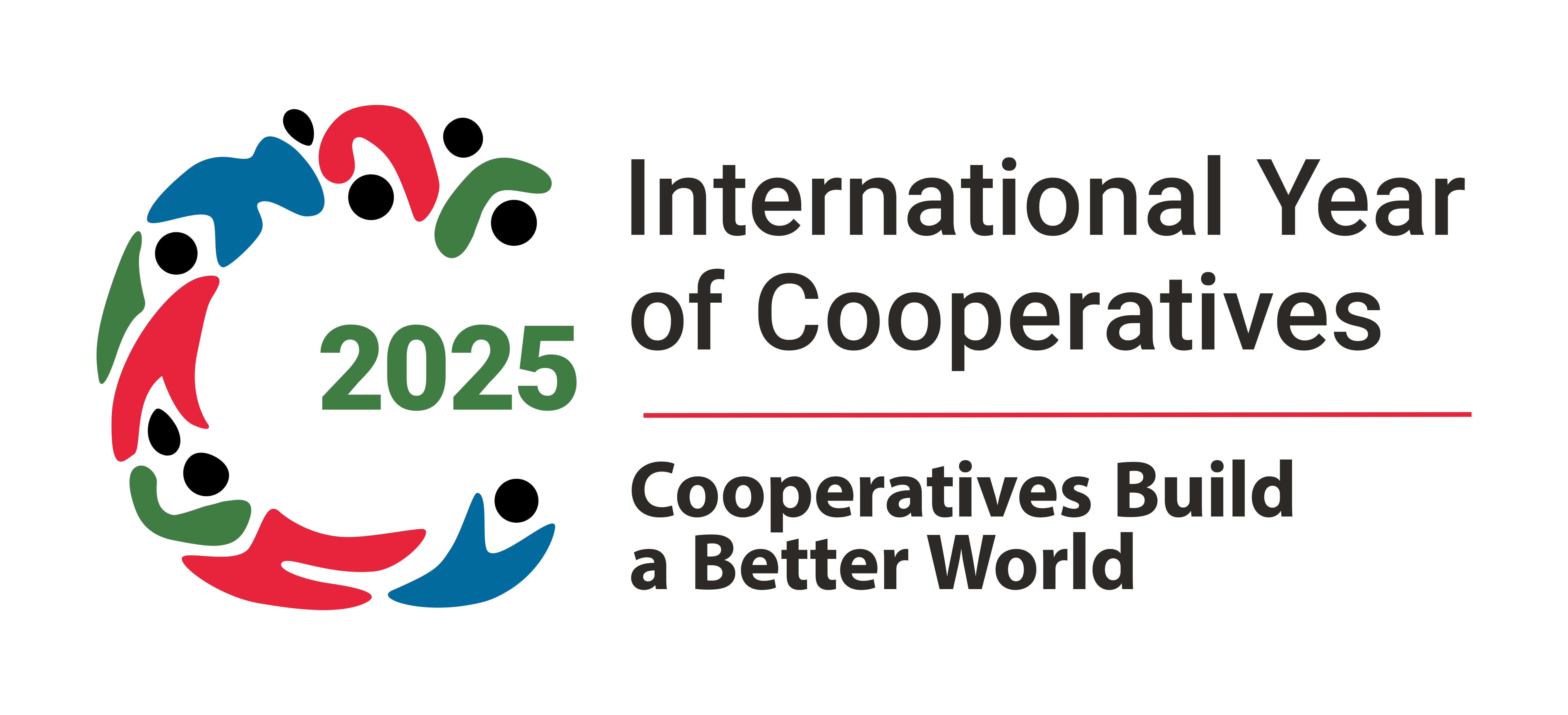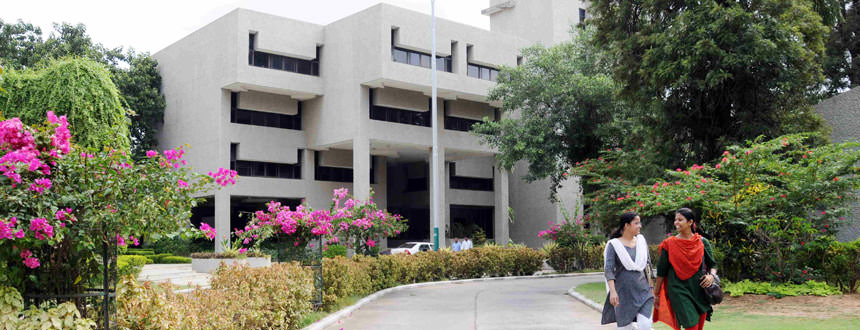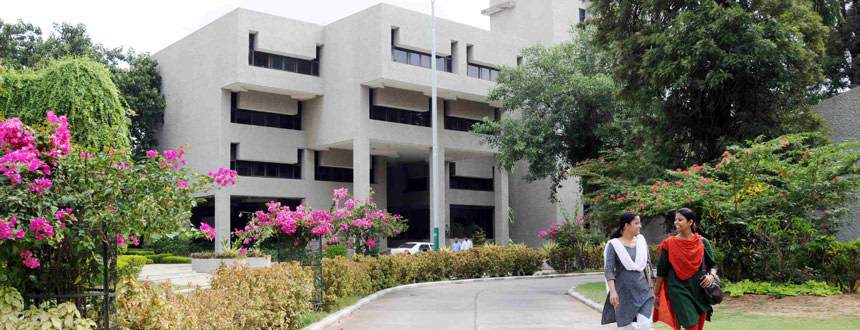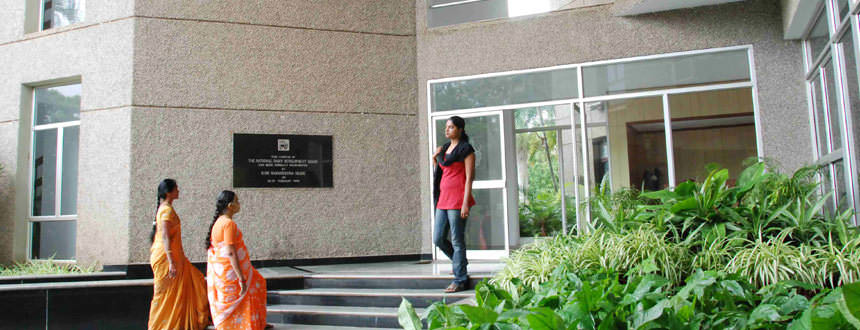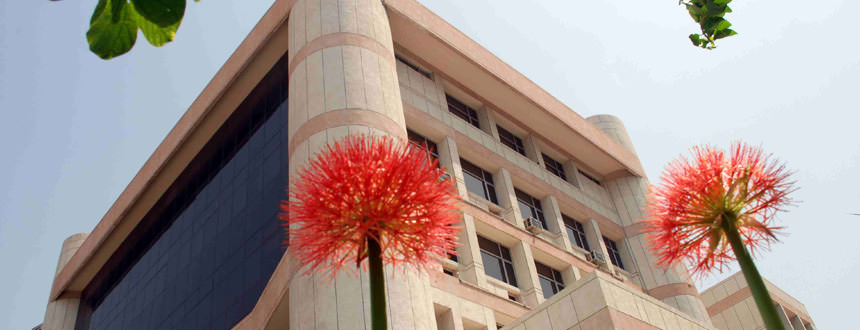National Seminar on “Dynamism in Dairy Industry & Consumer Demands”
National Seminar on “Dynamism in Dairy Industry & Consumer Demands”
Dr NC Patel, Vice Chancellor, Shri RS Sodhi, MD GCMMF, Dr K Rathnam, MD, AMUL, Dr KB Kathiria, Director Research and Dean PG Studies, Dr JB Prajapati, Dean Faculty of Dairy Science, Dr Bhadania, President Alumni Association, faculty, students , alumni of SMC Dairy Science College, ladies and gentlemen.
I would like to thank the SMC College of Dairy Science, Anand Agricultural University for inviting me to address the participants of the National Seminar being organized with the help of the Alumni Association to share my thoughts on the subject “Dynamism in Dairy Industry and Consumer Demands”.
India’s dairy sector
As you are aware, India’s dairy sector is unique in many respects.
We are self-sufficient in milk and world’s largest milk producer with about 155 million tonnes of milk production in 2015-16 accounting for about 18% of the world’s milk production. Per capita availability of milk has increased three folds – from 112 gms/day in 1970-71 to
337 grams/day in 2015-16. Milk is India’s single largest agricultural commodity in value terms and is more than the combined value of paddy and wheat put together.
More importantly, dairying in India is more about livelihoods to millions of small holders than simply a business, due to a stable cash flow as compared to crop cultivation and its contribution towards nutritional security for families owning milch animals.
Milk production system
Milk producing households are predominantly small farmers with less than 2 ha of land and 1 to 2 animals. Ownership of dairy animals is more evenly distributed in India as compared to operational land holdings.
India’s model of milk production is based on feeding crops residues and agricultural byproducts and using family labour to add value to resources which otherwise have limited alternative economic value.
Demand for milk
Due to a number of factors like growing population, rising incomes, increasing urbanization, predominance of lacto-vegetarian dietary pattern, demand for milk and milk products is steadily rising in our country. By 2050, India would become the world’s most populous country – about 1.7 billion and about 600 million in global middle income class.
As per market research reports, the value of the Indian market for milk and milk products is expected to grow at 15% annually of which the contribution of milk products like cheese, paneer, fermented milk products, butter and ghee would be significant which represents both an opportunity and challenge to our dairy industry.
Our efforts are aimed at meeting this growing demand for milk mainly from domestic production to continue to maintain our self-sufficiency and food and nutritional security.
Challenge, response and opportunity
Our dairy sector faces a number of challenges, of which I would like to mention a few, and share with you our response and the opportunity that they represent.
National Dairy Plan Phase I being implemented by NDDB through a network of End Implementing Agencies (EIAs) with the twin objectives of increasing milk production by increasing productivity and providing market access to milk producers is addressing many of these challenges.
Enhancing genetic potential of animals
Genetic progress in animals can be accelerated if breedable animals are bred through Artificial insemination using disease free semen sourced from high genetic merit bulls.
NDP I supports genetic evaluation and production of high genetic merit bulls through Progeny Testing and Pedigree.
Selection projects for production of disease free semen doses in strengthened semen stations with full bio-security measures, as well as a pilot initiative for efficient doorstep delivery of AI.
The biggest opportunity is in using genomic selection techniques and other advanced reproduction technologies like IVF to accelerate genetic progress, for which NDDB has also initiated work by setting up an advanced centre for bovine breeding.
Improving feeding practices for production
Widespread prevalence of imbalanced feeding in our country adversely affects the health and productivity of animals in various ways and reduces the net daily income of milk producers.
A balanced ration which gives the right proportion of essential nutrients like protein, energy, minerals and vitamins by using locally available feed resources helps in ensuring that the milch animals produce milk commensurate with their genetic potential with the attendant benefits of lower cost, increased SNF, higher immunity to disease improved reproductive efficiency and reduced methane emissions.
Under NDP I, Ration Balancing programme (RBP) is being implemented in about 27,500 villages covering about 20.5 lakh animals. We have observed that this intervention has resulted in reduction in feed cost, net increase in farmer’s income and reduction in methane emission. This programme needs to be scaled up to reap larger benefits.
NDP I is also supporting fodder development by selected agencies to promote usage of certified/truthfully labelled seeds for fodder production, along with demonstrations for mowers and silage etc to manage crop residues or store green fodder.
The opportunities for further improvements would include a) use of non-traditional fodder sources b) enrichment and densification of crop residues c) increased use of feed supplements like mineral mixtures, by pass protein/fat feeds.
Enhancing coverage by organized sector
Growth in productivity and production can be sustained if milk producers are able to get a fair share of the consumer price and that is only possible in the Indian context with large number of small farmers, if we are able to create and expand village level institutions owned and controlled by farmers themselves.
The dairy cooperative institutional network covers less than one- fifth of the villages and producers and account for about 16% of the marketable surplus and only about 10% of the production.
Under NDP I, new societies/pooling points in hitherto uncovered rural areas are being formed and existing societies/pooling points are being strengthened by establishing village level infrastructure like Bulk Milk Coolers, Automated Milk Collection Units (AMCU) etc.
Apart from providing market access, this has helped in increased transparency and fairness in milk procurement operations as well as improvement in quality of milk. Our focus has been on carrying out village level awareness programmes on CMP to ensure improvement in quality of milk pooled at village level which in turn would enhance quality and consistency of milk products.
Encouraging a plurality of institutions
In many of the areas where dairy cooperatives have limited or no presence in spite of immense potential for milk production, private dairy sector have increased their share of the milk business. It is in the interest of producers that they also have access to institutions that are owned and controlled by them, as a deterrent to prevent any adverse impact due to market imperfection.
NDDB’s wholly owned subsidiary has helped promote five large producer companies in five states. In a short period of five years till March 2016, these five producer companies have enrolled about 3.26 lakh milk producers of whom about 62 percent are small holders and 40 percent are women. These five companies collectively procured about 19.3 lakh kg of milk per day during
2015-16. Apart from these five companies, assistance is also being provided to promote more producer owned institutions, particularly in areas where cooperatives are not present or weak.
The growing role of producer companies would provide opportunities for more producers to be covered by alternative forms of organizing producer owned and controlled institutions.
Addressing climate change
The dairy sector is likely to be affected both directly and indirectly by climate change. While stress to animals caused by changes in temperature-humidity index would directly affect milk production and animal reproduction, indirect effects include feed and water availability being impacted by adverse climate events.
As our indigenous breeds have genetic traits that help them to even perform well in harsh climates, pursuing breeding policies that encourage an appropriate mix of breeds that can adapt to the local climatic condition should be the most important element in our breeding strategy.
Under NDP I, indigenous breed development programmes for selected indigenous dairy breeds are being implemented in their respective native tracts through scientific selection programmes.
Due to increased productivity and ration balancing programmes, carbon foot print of milk in terms of kg of CO2 equivalent per kg of Fat and Protein corrected Milk (FPCM) decreased both in cattle and buffaloes over a ten year period ending 2014. These are lower than the corresponding values reported by FAO for South Asian countries.
Considering that energy use is the biggest source of emissions, NDDB has also been encouraging dairies in the dairy cooperative network to adopt renewable energy. These initiatives include use of concentrated solar thermal for preheating of water and solar powered milk collection systems.
Ensuring food safety and quality
Food safety and quality is not only a statutory obligation but also a business imperative for all food business enterprises.
Expansion and modernization of milk processing capacity is the most critical element in ensuring food safety and quality as they can help in implementing a scientific Hazard Analysis and Critical Control Point (HACCP) system.
Over the years, a little over a lakh electronic milk testing equipment or automatic milk collection units with integration of milk testing and weighing equipment have been installed for fair, quick and transparent milk testing along with integrated recording of all the transactions.
NDDB has developed a milk adulteration kit for detection of specified adulterants. We now also have electronic milk adulteration machines to conduct rapid assessment of adulteration. We are encouraging cooperatives and milk producer companies to use these kits / devices extensively in entire dairy value chain with focus at village level.
Ensuring hygienic milk handling involves adoption of a cold chain from milk collection point onwards till it reaches the dairy for processing. Over the years, the number of BMCs in the cooperative network has increased to reach a level of about
12,000 units with total chilling capacity of about 315 lakh kg per day by end of March 2016, which includes capacity created under NDP I. This has helped in enhancement of MBRT and hence quality of milk.
Implementing a quality assurance system is a big challenge given the large number of milk producing households spread across the country as well as the constraints in infrastructure facilities such as roads, communication networks and electricity supply
Given the likely growth in organized dairy sector, there are opportunities in the areas of a) modernization and expansion of milk processing capacity b) installing equipment for milk cooling at farm level c) developing rapid methods for accurate testing of milk to estimate milk solids content as well as detection of adulteration.
The recent announcement in this year’s budget of a Dairy Processing and Infrastructure Development Fund with a corpus of Rs 8000 crore over 3 years will further give an impetus and expand the processing infrastructure.
Developing products and processes
While the organized dairy sector is the only source for milk powder and condensed milk due to the requirement for specialized equipment at a certain scale, it has managed to gradually increase its market share for items such as liquid milk, ice cream, ghee, curd, milk based beverages, cheese, paneer etc even though the unorganized small scale operators continue to account for a major share, particularly in unpasteurised liquid milk and indigenous dairy based sweets.
In case of many traditional indigenous products, a large proportion is still being produced and retailed by the unorganized sector. The slower growth in such categories is due to a combination of factors such as consumer preferences for buying from such sources as well as the lack of suitable mechanization at appropriate capacity levels to standardize production of some of the items.
As widely prevalent nutritional deficiency disorders can be prevented or even reversed with fortification of foods with Vitamin A & D, it represents an opportunity to address health conditions that affect the lives of millions.
This sector provides huge opportunity for growth of organized dairy industry in future for which focused and continuous R&D and product development efforts keeping in mind the fast changing consumer preferences, need to be undertaken.
During Operation Flood, NDDB was instrumental in development, standardization and mechanization of several indigenous dairy products which were adopted by dairy industry earlier.
Now our R&D efforts have to keep in mind consumer preferences towards a wide range of value added products and our dairy institutions have to develop newer and newer products striking a balance between indigenized western products and purely indigenous ones.
Similarly, development of longer shelf life dairy products, specialized dairy based nutraceuticals & wellness products, probiotics catering to different classes of consumers and niche markets needs to be undertaken by the dairy industry particularly by cooperatives to increase realization and for market diversification.
Concluding remarks
I have tried to articulate of a few of the most important challenges that our dairy sector faces from NDDB’s perspective and the opportunities that they represent, including ways of responding to the fast growing and dynamic dairy industry.
I hope that the deliberations in this National Seminar will cover many of the important challenges that we face and throw light on the way forward to meet these challenges.

